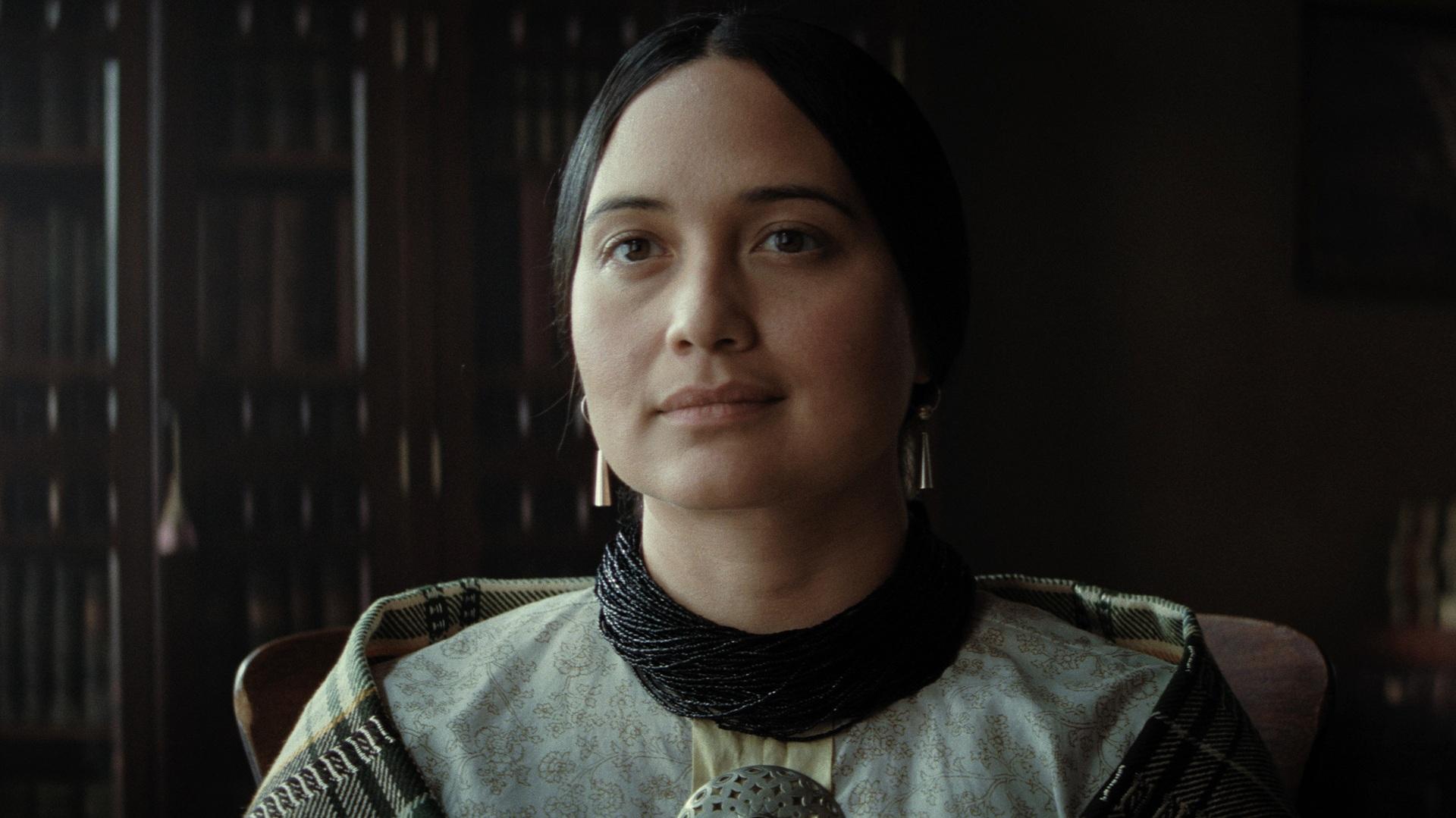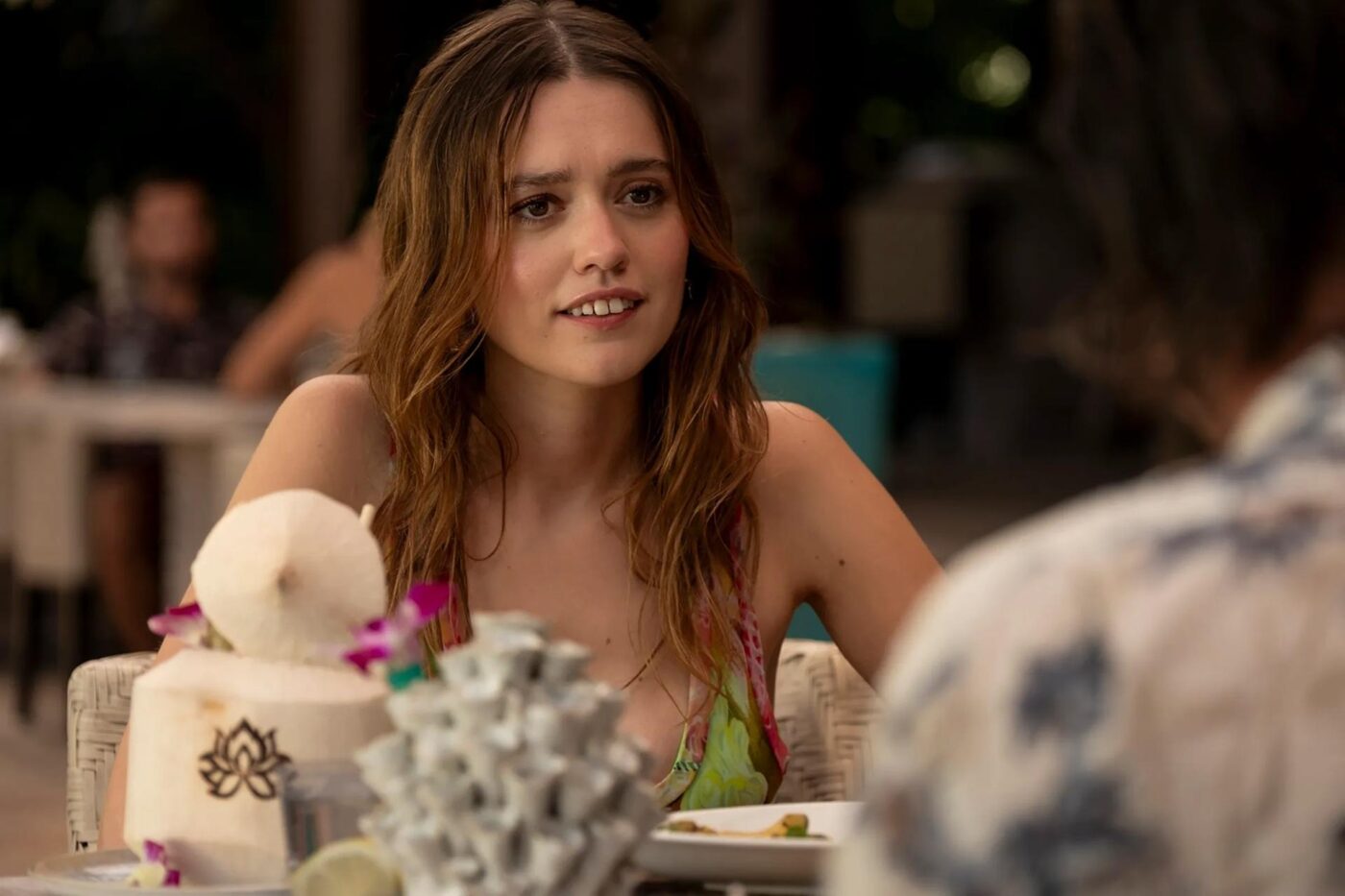For years, Hollywood’s concept of beauty felt almost algorithmic—flawless symmetry, chiseled jawlines, poreless skin, and teeth so white they seemed to glow under artificial lighting. This was the era of the Instagram Face, a homogenized, hyper-filtered ideal that blurred the line between natural beauty and surgical enhancement. Actresses, especially those in leading roles, conformed to a nearly identical look: sculpted cheekbones, full lips, and a uniform attractiveness that felt almost artificially generated. But something is changing. Hollywood is undergoing a quiet yet radical transformation in how it defines beauty. Hollywood’s beauty standards are changing, and recent casting choices suggest that audiences are more receptive than ever to faces that, until now, might have been considered “unmarketable.”
The most recent example of this shift is Aimee Lou Wood in The White Lotus, cast in the highly anticipated third season of the series. Wood, best known for her role in Sex Education, has been celebrated for her talent and charm, but her casting also marks a departure from Hollywood’s long-standing beauty ideals. Unlike the surgically refined features that have dominated screens for decades, Wood proudly embraces her natural appearance—including her crooked teeth, a feature she has openly discussed resisting pressure to “fix.” Her casting is part of a broader trend that values authenticity over polish and individuality over symmetry.
Across both film and television, there’s a noticeable move away from the airbrushed, hyper-perfect aesthetic that has long defined Hollywood stardom: beauty standards are changing in Hollywood. Emma Mackey, Wood’s Sex Education co-star, has been widely embraced for her distinct, angular features that lend themselves more to period dramas and art-house films than traditional Hollywood glamour. Similarly, The Worst Person in the World, starring Renate Reinsve, became an international sensation despite—or perhaps because of—her unconventional beauty. Even established stars like Rosamund Pike have spoken out about the industry’s unrealistic beauty standards, revealing that she actively resisted cosmetic enhancements, knowing that the authenticity of her performances would suffer.
But why now? What has prompted this sudden shift away from polished, AI-perfect beauty toward faces that feel real, textured, and imperfect? The rise of the Instagram Face in the early 2010s was not just a trend but a symptom of a larger cultural shift. As social media and influencer culture exploded, a specific look began to dominate feeds: high cheekbones, plump lips, fox-like eyes, and poreless skin. Whether achieved through cosmetic procedures, photo filters, or both, the aesthetic became so ubiquitous that it began to erode individuality. The pressure to conform was relentless, and Hollywood followed suit. Casting choices in blockbuster films often favored women who fit this rigid mold, leaving little room for variation. But like all trends, what was once aspirational eventually became exhausting. Audiences grew weary of seeing faces that looked eerily similar, indistinguishable from one another. The rise of streaming platforms and independent cinema, which prioritized storytelling over commercial appeal, helped accelerate a cultural pushback against artificial perfection. People wanted to see actors who looked like they could exist in the real world—who carried the marks of a life lived rather than a life edited.

Beyond aesthetics, these changing beauty standards in Hollywood are deeply tied to storytelling. Some of the most compelling characters in recent cinema would not have worked with a face that felt too polished or too manufactured. Imagine Paul Mescal’s Connell in Normal People with a pristine, Hollywood smile—it would have stripped his character of the quiet vulnerability that made his performance so affecting. The same goes for Barry Keoghan in Saltburn; his offbeat, slightly unsettling features made his character far more unnerving than if he had been played by a conventionally handsome actor. This phenomenon extends beyond indie films. Take Lily Gladstone, for example. The casting of a Native American woman as the lead in Killers of the Flower Moon was a significant moment in Hollywood history. Would a major studio have made the same decision ten or fifteen years ago? Or would they have opted for a conventionally attractive actress who could “pass” as Indigenous? Gladstone’s casting not only brought much-needed representation to the screen but also reinforced the idea that beauty in film should serve the story, not conform to an arbitrary standard.
Actresses like Jessie Buckley, Anya Taylor-Joy, and Tilda Swinton have also carved out successful careers by embracing their distinctive looks. Taylor-Joy, despite her immense beauty, does not fit into the traditional Hollywood mold—her features are sharp and almost ethereal, lending her an otherworldly quality on screen. Buckley’s strength as an actress lies in her ability to fully disappear into roles, something that an overly “manufactured” face might compromise. Swinton, meanwhile, has built an entire career on her androgynous, striking appearance, proving that talent and presence far outweigh conventional attractiveness.
Despite these changing beauty standards in Hollywood, the old ways have not entirely disappeared. Blockbusters—especially superhero films and high-budget franchises—continue to favor a more traditional kind of attractiveness. Florence Pugh, Sydney Sweeney, and Ana de Armas are all exceptionally talented actresses, but they also fit neatly within Hollywood’s long-established beauty ideals. These films, designed for broad international audiences, still rely on the kind of universally appealing looks that studios believe will sell tickets.
What’s more interesting, however, is that while women are being granted more space for unconventional beauty, men are still largely expected to conform to traditional attractiveness. While actors like Keoghan and Mescal are exceptions, the industry overwhelmingly favors men who fit the Chris Hemsworth, Timothée Chalamet archetype—either hyper-masculine or delicately beautiful, but rarely anything in between.
The movement toward a broader, more inclusive definition of beauty does not mean that conventionally attractive actors will disappear from our screens. Rather, it means that there is now more room for variation and a greater appreciation for faces that tell a story rather than just look good in a close-up. Hollywood’s rejection of the Instagram Face era marks an important cultural shift—one that values individuality over uniformity. The success of actors like Aimee Lou Wood, Lily Gladstone, Barry Keoghan, and Paul Mescal proves that charisma, talent, and authenticity now hold just as much power as a perfect jawline. Audiences are no longer just looking for beauty; they are looking for faces that feel real, expressive, and human. Perhaps we are finally entering an era where perfection is no longer the goal, but authenticity is.







